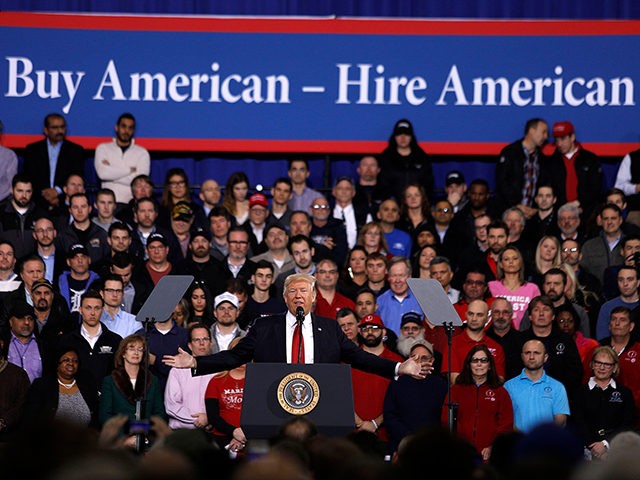Compensation for U.S. workers rose by more than previously thought in the first half of the year, the latest sign that workers are benefitting from the tightest labor market in decades.
Hourly compensation rose at a 4.9 percent annualized rate in the second quarter, a 1.9 percent gain after adjusting for inflation, the Labor Department said Thursday. Previously the Labor Department had reported a 1.8 percent real increase.
Compensation for the first quarter was also revised up. Real hourly compensation rose at an annualized 8.4 percent rate in the January through March period, higher than the previously reported 8.3 percent gain.
Unit labor costs, a measure what businesses pay workers for one unit of output, were revised higher as well. Unit labor costs rose at a 2.6 percent annual rate, rather than the 2.4 percent increase previously reported. For the first quarter, unit labor costs rose at a 5.7 percent rate, higher than the earlier report of a 5.5 percent gain.
Rising wages are the biggest driver of total compensation and rising unit labor costs, although the measures also include benefits and other non-wage compensation provided to workers.
Compensation is outpacing productivity gains, indicating that workers are able to demand a larger share of the country’s economic output due to tight labor conditions. The Labor Department said productivity rose at a rate of 2.3 percent in the second quarter and 3.5 percent in the first quarter, both unchanged from the prior estimate.
Some economists worry that the rising unit labor costs could push businesses to raise prices, causing inflation to rise. But the historical record on this is mixed, suggesting that unit labor costs are not a reliable predictor of inflation.
Higher unit labor costs can incentivize businesses to make capital investments aimed at increasing productivity. Business capital investment this year has lagged expectations but that may change if labor costs keep rising. That investment can set off a beneficial economic cycle by raising demand for machinery, technology, and other manufactured goods while also increasing the economy’s output potential.

COMMENTS
Please let us know if you're having issues with commenting.